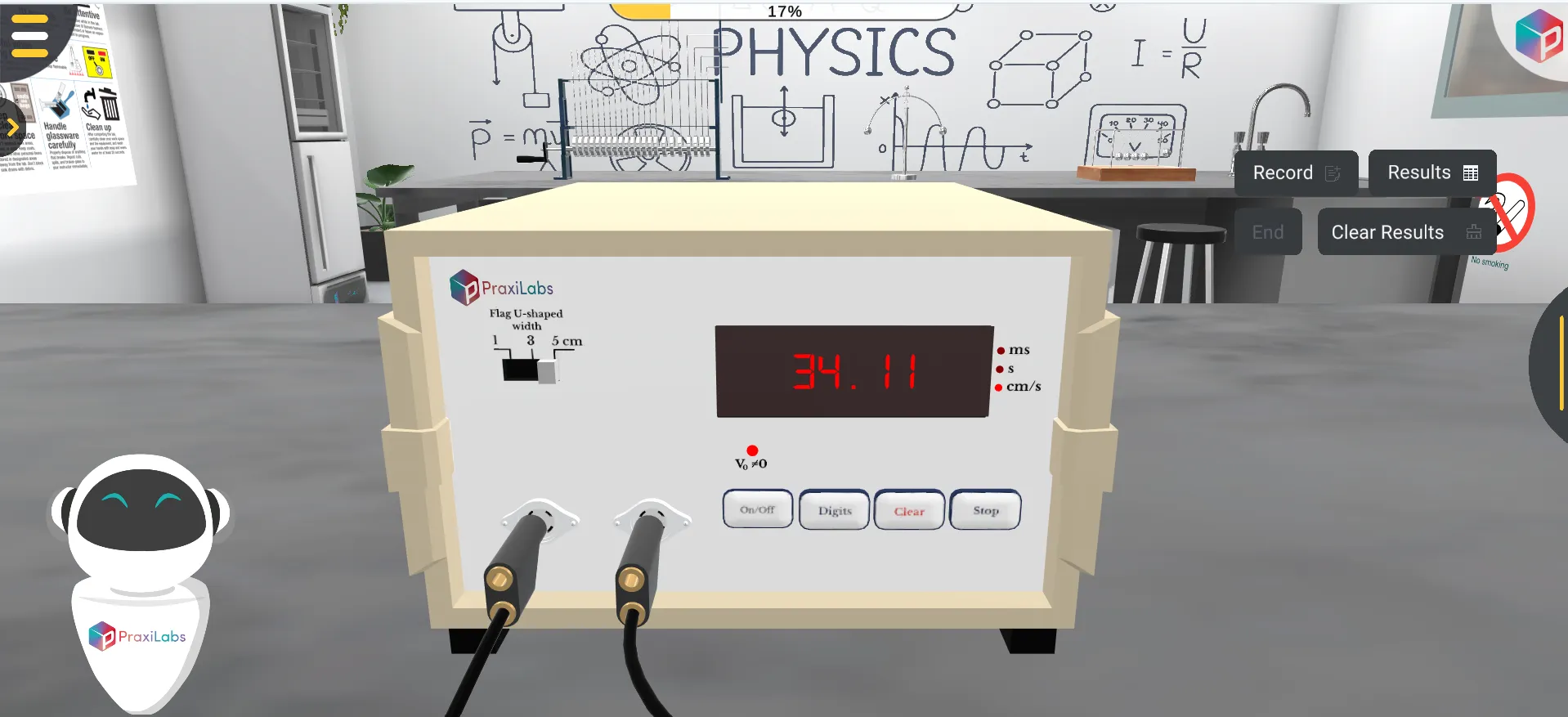





2.5M+
Active Users Worldwide
80%
Improved Learning Retention
60%
Reduction in Laboratory Costs
The purpose of the linear motion simulation is to measure the acceleration of gravity, g.
The linear motion simulation is used to determine the acceleration due to gravity (g) by measuring the acceleration of a cart on an inclined air track and using the relationship between the inclined plane's angle and the gravitational acceleration.
By the end of linear motion simulation, the student should be able to:




